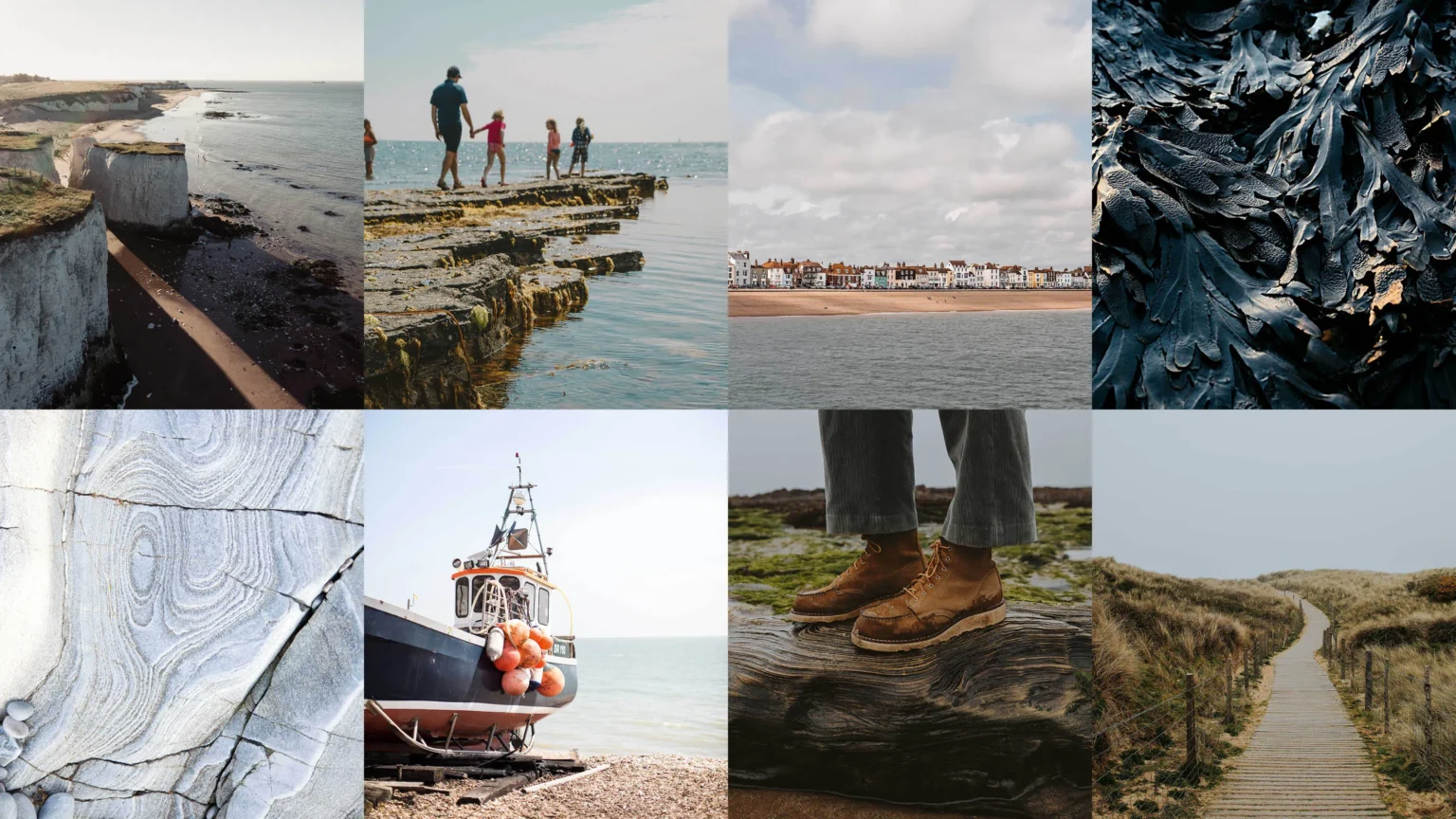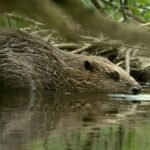Walking Britain’s entire coast was once a distant dream for many, but for photographer Quintin Lake, it became a life-changing adventure. Over five years, he walked more than 6,835 miles along the British coastline, starting and finishing at St Paul’s Cathedral in London. This epic journey created an impressive visual archive and deepened his understanding of Britain’s coast, history, identity, and his own endurance.
Why Walk Around Britain’s Entire Coastline?
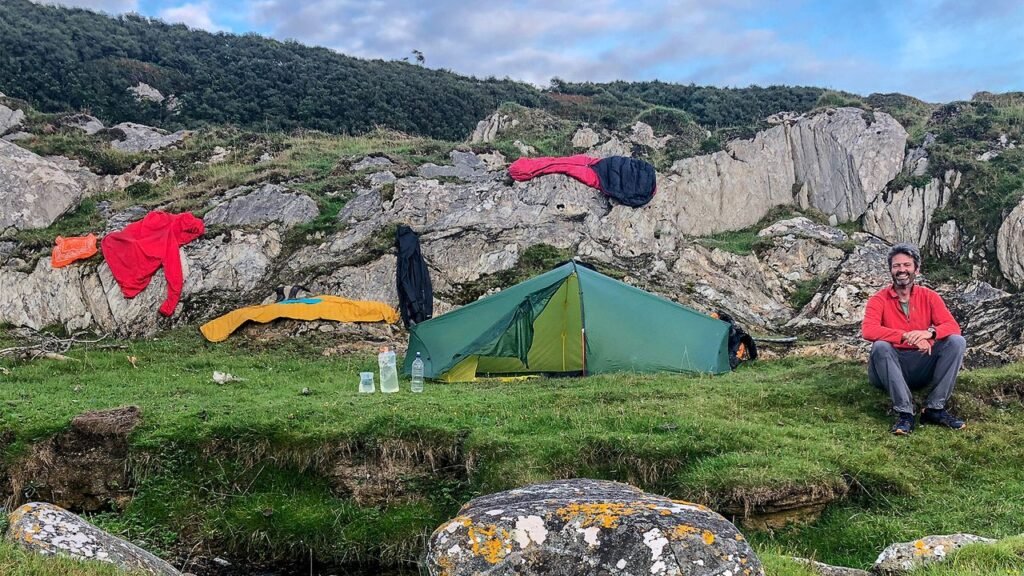
Quintin Lake’s decision to embark on walking Britain’s entire coast wasn’t spontaneous. Having previously walked the River Severn from its source to the sea, he became deeply inspired by the beauty and complexity of Britain’s natural environment. Motivated by a desire to reconnect with home and explore the UK’s diverse landscapes through photography, he set off in April 2015. His journey of walking Britain’s entire coast was broken into manageable legs ranging from a few days to two months, spanning a total of 454 days on foot over five years. This epic quest of walking Britain’s entire coast allowed him to uncover stories and scenes that few get to experience firsthand.
The Physical and Mental Challenges of Walking Britain’s Entire Coast
The journey was not without hardships. Scotland, in particular, proved to be the most physically taxing part of the adventure. Lake endured torn tendons, shin splints, and constant exposure to cold and wet weather. In the winter months, walking was essential not only to progress but to stay warm. His perseverance through snowstorms and freezing mornings highlighted a rare mental toughness and an unwavering commitment to capturing the natural world through his lens.
Exploring Britain’s Wildest Places on the Coastline Walk
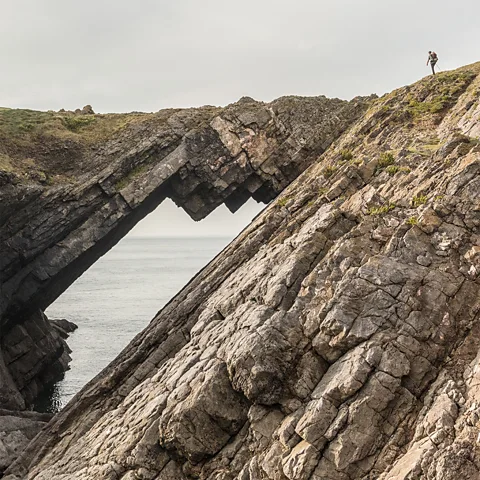
Lake was astonished by how wild and remote parts of Britain could be, especially in north-west Scotland. The Knoydart Peninsula, known as the Rough Bounds, stood out as one of the most challenging terrains due to its rugged mountains and lack of paths. The beauty of Scotland’s dramatic landscapes often felt comparable to Norway’s fjords. Other wild spots included Caithness cliffs, where he camped near puffins, and the desolate coastlines of Dorset, Essex, and Cornwall.
Solitude and Photography on Walking Britain’s Entire Coast
Despite the isolation, Lake rarely felt lonely. His deep focus on photography and the constant discovery of new images kept him engaged. The solitude, in fact, became an essential part of his process. Echoing Picasso’s words—”Without great solitude, no serious work is possible”—Lake found that traveling alone heightened his observation skills and allowed him to connect more deeply with the environment.
Geography and Geology Along Walking Britain’s Entire Coast
One of Lake’s most eye-opening realizations was Britain’s incredible geological diversity. He likened the landscape to a squashed ball of Play-Doh, each colour and texture representing a different geological era. This variance shapes not just the land but also the cultures and accents of the people living there. From the white chalk cliffs of Dover to the volcanic remnants in the Highlands, every region offered a unique story etched into stone.
A Tapestry of Identity Along Walking Britain’s Entire Coast
As he moved from region to region, Lake experienced Britain as a patchwork of communities, each proud of its distinct identity. Regional accents, dialects, and customs painted a vivid picture of cultural diversity. From calling a bread roll a “bap” in one town to a “barm” in another, he noticed how language and identity are deeply tied to place.
Lessons in History Along Walking Britain’s Entire Coast
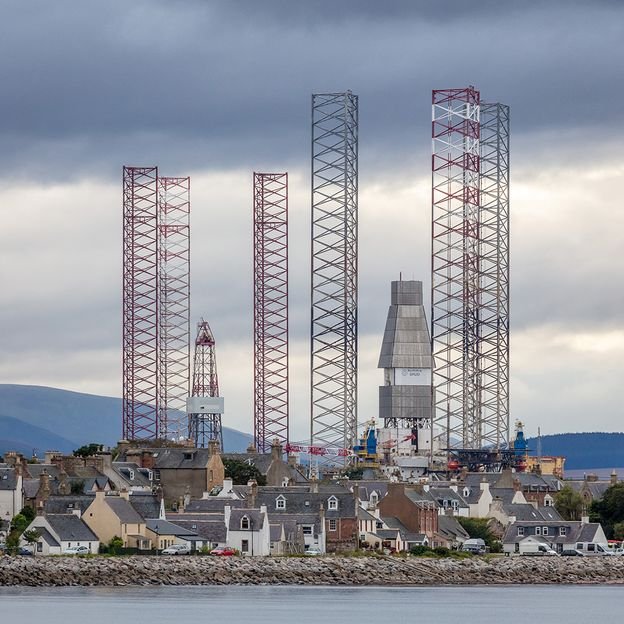
Walking Britain’s coastline turned out to be a comprehensive lesson in history. From the Roman landing sites in Kent to the Viking invasion points in Portland, every step offered historical context. The remnants of Napoleonic Martello towers, Norman castles, and World War II defenses marked the coast like chapters in a living history book. Lake was particularly moved by places like Portsmouth, where HMS Victory and the Mary Rose stand as maritime monuments to Britain’s naval heritage.
Beauty in Unexpected Places
While Scotland’s remote beauty captivated him, Lake was equally surprised by the scenic charm of Northumberland, especially Bamburgh Castle and Holy Island. The Gower Peninsula in Wales, with its sweeping views from Three Cliffs Bay, offered another highlight. Meanwhile, the Redcar steelworks and oil rigs at Cromarty evoked emotional responses—symbols of Britain’s industrial past and carbon-dependent present.
Architectural Marvels on the Coast
Among architectural highlights, bridges captured Lake’s imagination most. The Forth Bridge in Edinburgh and the Kylesku Bridge in the Highlands stood out for their majestic settings and engineering prowess. Additionally, he admired the Zaha Hadid-designed transport museum in Glasgow and Grayson Perry’s vibrant House for Essex as examples of creative architectural storytelling.
Coastal Cities Full of Life
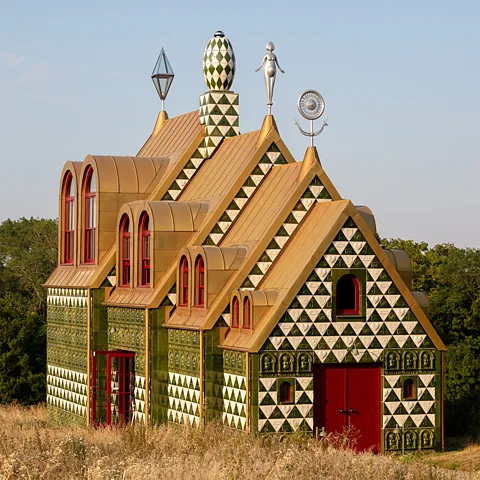
For Lake, a vibrant city had to feel dynamic and current. Glasgow and Liverpool met those criteria. Both cities offered rich historical layers while maintaining a youthful energy and creative pulse. Their architecture, cultural scenes, and engaging locals made lasting impressions.
Ideal Walks for Beginners
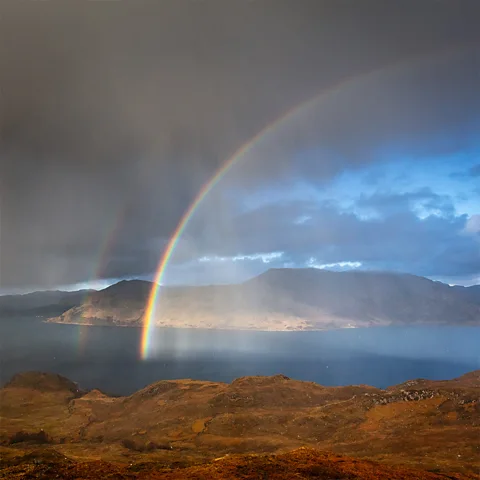
Not every stretch of the British coast is arduous. Lake recommended the Norfolk Coast for those seeking a gentler hike. Its flat, well-marked paths, open skies, and historical churches offer an accessible introduction to coastal walking. Another favorite was the Seven Sisters walk from Seaford to Eastbourne, which features iconic white cliffs and can be completed as a day trip from London.
Hidden Gems for Tourists
For overseas visitors looking to experience the soul of Britain, Lake recommended lesser-known spots like the Aberdeenshire coast and the Llŷn Peninsula in Wales. Quaint fishing villages such as Crovie and Gardenstown, tucked beneath cliffs, offer romantic isolation and historical richness. These places, often overlooked in favor of hotspots like Brighton, reveal Britain’s true character.
The Emotional Journey Within
Beyond the landscapes and photography, the greatest revelations came from within. Lake discovered a lasting calm and contentment that walking and being in nature provided. He realized that slow, mindful travel enriched not only his creative process but also his sense of self. “There’s always inspiration when you walk and carry a camera,” he reflected.
Britain’s Coastline as a Mirror
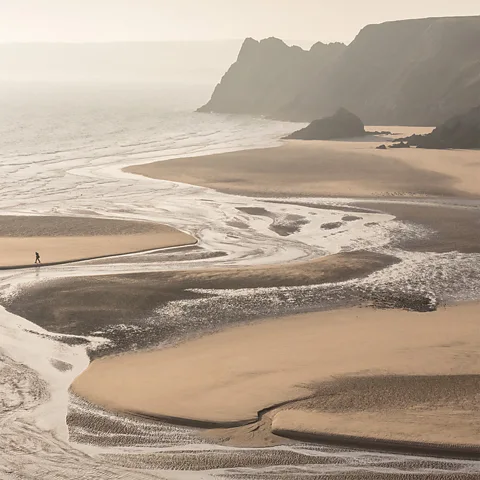
Walking Britain’s entire coast gave Quintin Lake more than just photographs; it reshaped his understanding of the island nation and himself. From rugged cliffs to serene beaches, ancient castles to modern cities, the coast became a mirror reflecting Britain’s soul. It’s a story of resilience, diversity, history, and beauty—one step at a time.
